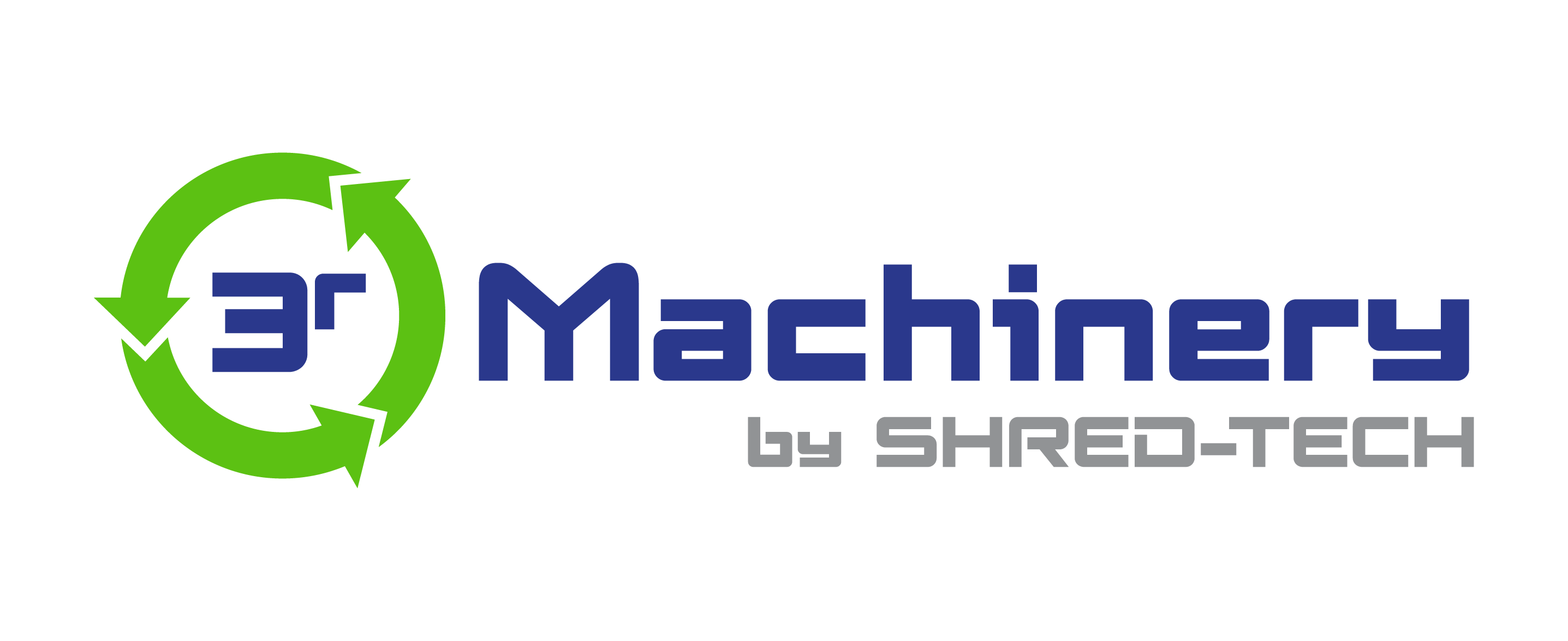Slow-Speed Shredders
Slow-speed shredders play a pivotal role in breaking down various materials efficiently. Whether it’s industrial waste, wood, or other bulky items, these robust machines are designed to handle tough shredding tasks. However, like any other piece of heavy machinery, regular servicing is essential to keep you slow-speed shredder operating at its peak performance. In this blog post we will delve into the key aspects of why and how often you need to service your slow-speed shredder to ensure optimal functionality.
Understanding the Slow-Speed Shredder: Slow speed shredders reduce the size of materials through a combination of low-speed, high-torque cutting mechanisms. This makes them ideal for processing tough and bulky materials, making them an essential component in various industries, from waste management to recycling.
Why regular servicing matters:
1. Preventive Maintenance:
Regular servicing acts as a form of preventive maintenance, addressing potential issues before they escalate. By inspecting and lubricating critical components, you can significantly reduce the risk of unexpected breakdowns, minimizing downtime and ensuring a more consistent production workflow.
2. Optimizing Performance:
Over time, wear and tear can affect the efficiency of your slow-speed shredder. Regular servicing helps identify and address any degradation in performance promptly. This ensures that the machine continues to operate at its designed capacity, maintaining the quality of shredded materials and preventing unnecessary strain on the equipment. Changes in performance are often the early warning signals for service.
3. Prolonging Equipment Lifespan:
Just like any other machinery, slow-speed shredder has a definable lifespan. However, with regular servicing, you can extend the longevity of your equipment. This not only protects your investment but also ensures that your shredder remains a reliable asset for years to come.
How often should you service your slow-speed shredder?
The frequency of servicing your slow-speed shredder depends on several factors, including the machine’s usage, environmental conditions, and the types of materials being processed. As a general guideline, consider these points:
1. Manufacturer Recommendations:
Always refer to the manufacturer’s guidelines for servicing intervals. These recommendations are based on extensive testing and are tailored to ensure optimal performance and longevity.
2. Usage Intensity:
Machines operating under heavy loads or around the clock may require more frequent servicing compared to those with lighter workloads. Regularly assess the intensity of use and adjust your servicing schedule accordingly.
3. Environmental Conditions:
Shredders operating in harsh environments, such as dusty or humid conditions, may need more frequent servicing. Environmental factors can accelerate wear and corrosion, making regular maintenance crucial sustained performance.
Investing in a slow-speed shredder is a strategic move for businesses involved in waste management and recycling. To maximize the benefits of this essential equipment, prioritize regular servicing. By doing so, you not only prevent potential issues but also ensure that your slow-speed shredder remains a reliable workhorse, contributing to a smoother and more efficient operation. Remember, the key to a long and productive life for your shredder lies in proactive maintenance and timely service interventions.
 US Dollars
US Dollars


